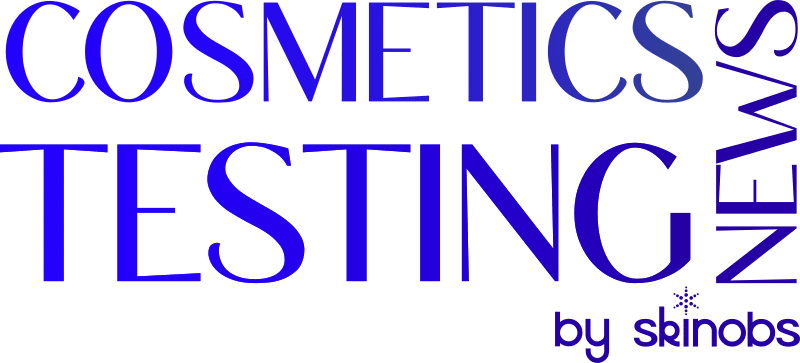By Marc Pissavini, Florence Pouradier, Priscilla Lapalud, Jan Batzer, Marie Contier, Paul Matts
Abstract
Sunscreen products and cosmetics containing UV filters are chosen by consumers based primarily on their Sun Protec-tion Factor (SPF) value. The determination of this metric has been subject to significant advancement, both invivo (ISO 24444:2019) and, more recently, invitro. The recent publication by the International Standards Organization (ISO) of two, new alternative methods to the invivo ISO 24444 method (In Vitro SPF ‘Double Plate’ Method ISO 23675:2024 and Hybrid Diffuse Reflectance Spectroscopy ISO 23698:2024) marks a major step forward in improving the reproducibility of results while addressing ethical concerns. A recent article, however, has alleged that alternative SPF methods may not reliably assess the SPF of products containing inorganic filters, such as zinc oxide (ZnO). While the observed lack of correlation with the reference invivo method ISO 24444 is not based on ISO23675 (the authors chose to use in-house invitro methods), their hypothesis raised indirectly the question of applicability of ISO 23675 in relation to measurement of sunscreens containing ZnO. In this article, therefore, we report data from direct measurements of SPF values for ZnO-based sunscreens using ISO 23675. We demonstrate that assumptions arising from other invitro methods are not relevant to ISO 23675 and prove that this method can reliably measure the SPF of sunscreen products containing inorganic filters, even at high concentrations.





